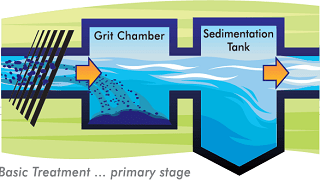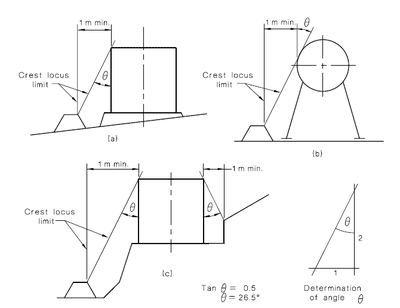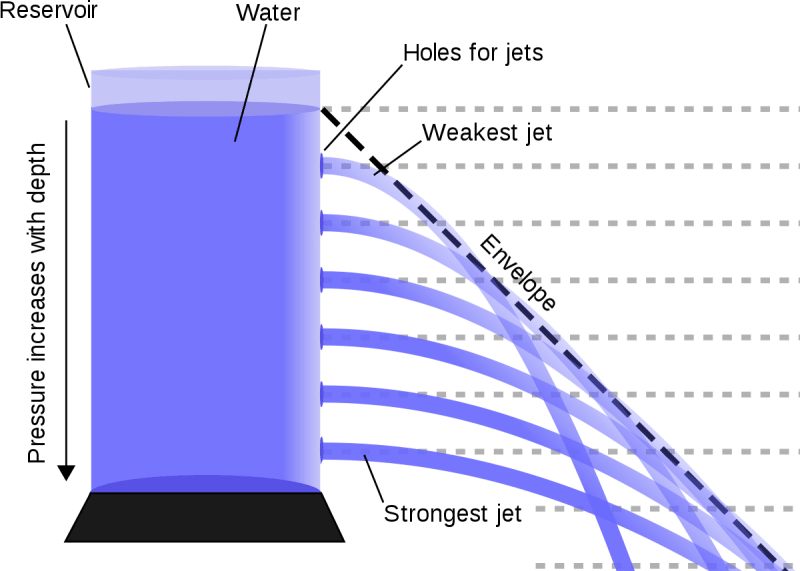ChalMel13
Civil/Environmental
- Aug 1, 2022
- 17
Hi guys,
My first post here from Down Under.
So, I've started working in petroleum industry and reading a lot about secondary containment/bunding. One of the things confusing me at the moment is about the crest locus requirement (cl. 5.8.3 (h)) saying:
"The location of a bund relative to the closest tank shall be such that the top inside perimeter of the bund is not inside the crest locus limit specified in Figure 5.2, except where it can be demonstrated that a reduced distance would be appropriate due to viscosity or other considerations."
Although, it is straight forward to check compliance or calculate the distance to comply with Crest Locus I'm not sure about the reasoning behind this requirement. So far, people I speak with are referring to the Jetting Failure (see below):
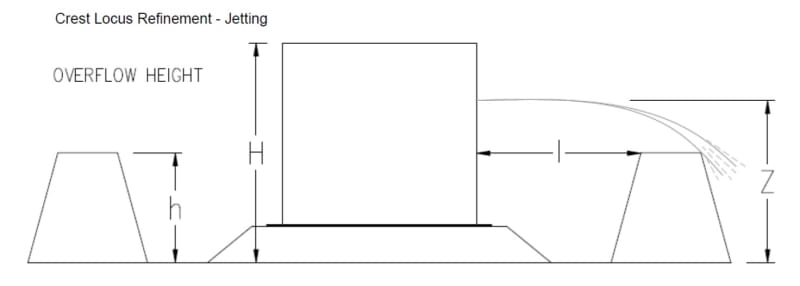
So, the economic solution for that risk is shielding the tank shell as shown below:
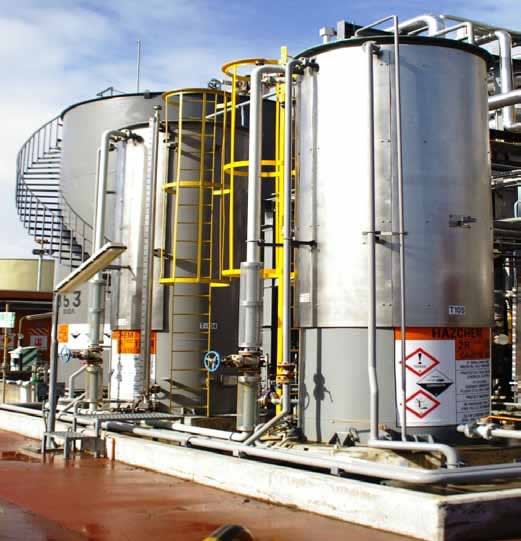
However, from my research the main risk associated with the bund wall height (hence crest locus) is mainly the overtopping after a catastrophic failure of the tank (like below).
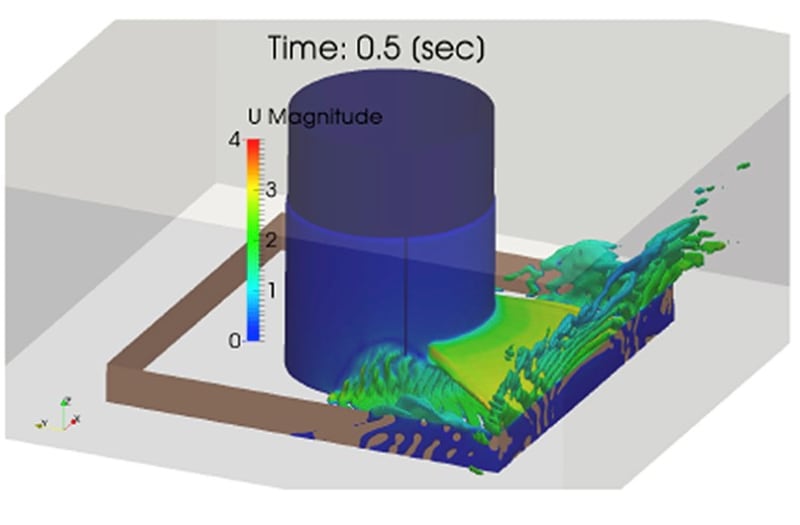
So, going with my assumption, if the bund wall is within the crest locus of the tank will require higher bund wall or a board on the wall.
Do you guys have a clear understanding of the Crest Locus requirement?
Cheers.
My first post here from Down Under.
So, I've started working in petroleum industry and reading a lot about secondary containment/bunding. One of the things confusing me at the moment is about the crest locus requirement (cl. 5.8.3 (h)) saying:
"The location of a bund relative to the closest tank shall be such that the top inside perimeter of the bund is not inside the crest locus limit specified in Figure 5.2, except where it can be demonstrated that a reduced distance would be appropriate due to viscosity or other considerations."
Although, it is straight forward to check compliance or calculate the distance to comply with Crest Locus I'm not sure about the reasoning behind this requirement. So far, people I speak with are referring to the Jetting Failure (see below):

So, the economic solution for that risk is shielding the tank shell as shown below:

However, from my research the main risk associated with the bund wall height (hence crest locus) is mainly the overtopping after a catastrophic failure of the tank (like below).

So, going with my assumption, if the bund wall is within the crest locus of the tank will require higher bund wall or a board on the wall.
Do you guys have a clear understanding of the Crest Locus requirement?
Cheers.

